YOUTH TWO-WAY PROGRAM
Master the Fundamentals
Sharpen your skills while building a love for the game
Designed by former professional baseball players, a program made to help youth baseball players master the fundamentals of the game using coaching and equipment trusted by the pros.
Pitching
Develop protective arm care routines. Creating athletic throwers. Teaching players to throw harder and more accurate. fun and challenging environment.
Hitting
Develop foundational movement patters. Training hand eye and bat to ball skills. training to make more consistent, and better qaulity contact.
When and where?
This program starts the week of December 2, 2024, and ends the week of March 20, 2025.
Times and Days:
Monday and Wednesday 5-6pm or Tuesdays and Thursdays 5-6pm
Once you sign up for the program, you will receive an email regarding what day and time you would like.
Program Overview
Our youth programs aim to foster a love for the game while building a strong foundation for future success.
Players will receive focused instruction on movement fundamentals, arm care, and proper mechanics for both pitching and hitting. The program emphasizes teaching, skill development, and challenging drills that enhance movement quality.
Each program includes one full session dedicated to hitting, one to pitching, and a third session split between both.
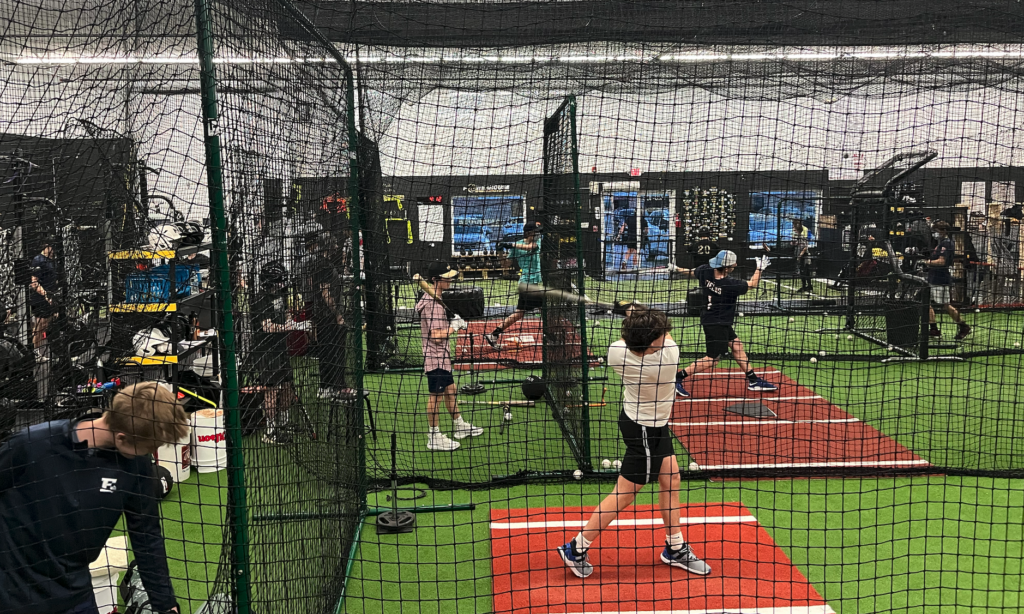
Proper Warm-Up and Movement Patterns
We prioritize a thorough warm-up and movement drills to ensure players develop proper technique from the start, reducing injury risk and enhancing skill development
Fundamental Drill Work for Skill Building
Focused drills are designed to reinforce fundamental skills, laying the groundwork for consistent and effective movement in both hitting and pitching.
Challenging Competition for Growth
Incorporating competition motivates players to push their limits, fostering growth and resilience through realistic game-like challenges.
Fun and Supportive Environment for Ongoing Improvement
We create an enjoyable and encouraging atmosphere that keeps players engaged, fueling their passion and drive to keep improving.
Mike Montville
- Current hitting coach for baltimore orioles AAA team, the Norfolk Tides
- 3 year hitting coach of Boston Red Sox AAA team, the Worcester Red Sox
- Coached some of baseball’s top prospects in the Arizona fall league
- Hitting coach for the Criollos de Caguas in the Puerto Rico Professional Baseball League where he helped the team win the championship and joined the league as Team Puerto Rico in the 2024 Caribbean Series under Manager and future hall of fame catcher, Yadier Molina.
- Played 3 years of Minor League Baseball for the Rockland Boulders
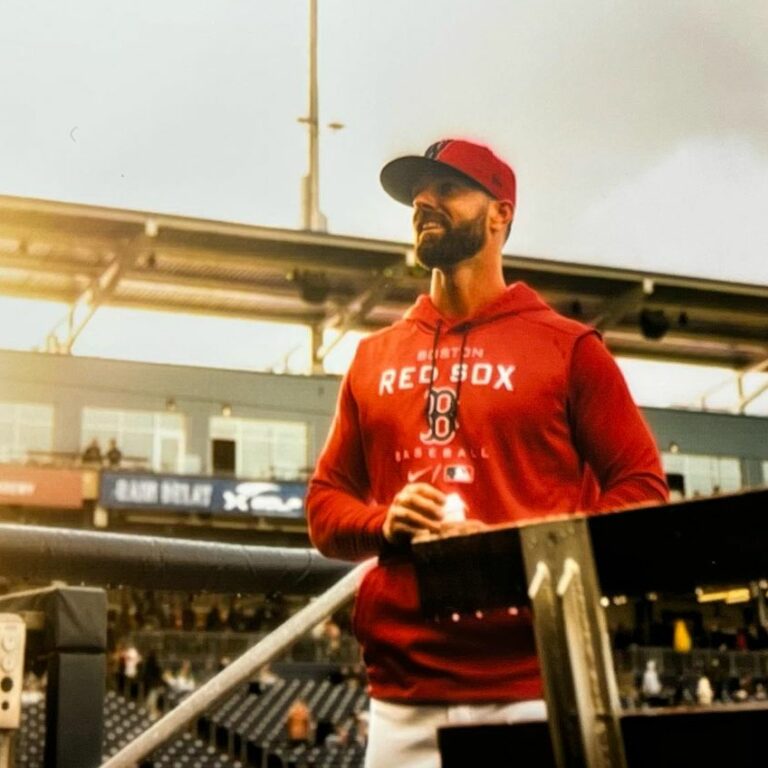
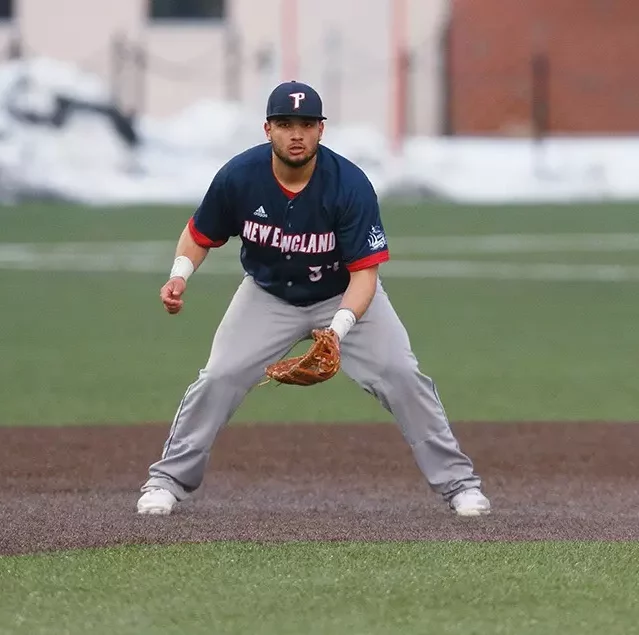
Xavier Nunez
- Batted .456 and at Northern Essex CC and led the team to a national championship run in 2016
- Attended New England College after his time at Northern Essex where he earned honors such as All conference, All Region, and the Conference Player of the year.
- Senior captain at NEC
- 5 year assistant at Northern Essex CC
Alex Powers
10 years of professional baseball experience with the Chicago White Sox, Cincinnati Reds, Arizona Diamondbacks, San Diego Padres, and Detroit Tigers.
2019 Minor League Reliever of the Year
Double A All-Star
Chicago White Sox draft choice
Member of the first SNHU World Series team
10+ years coaching experience
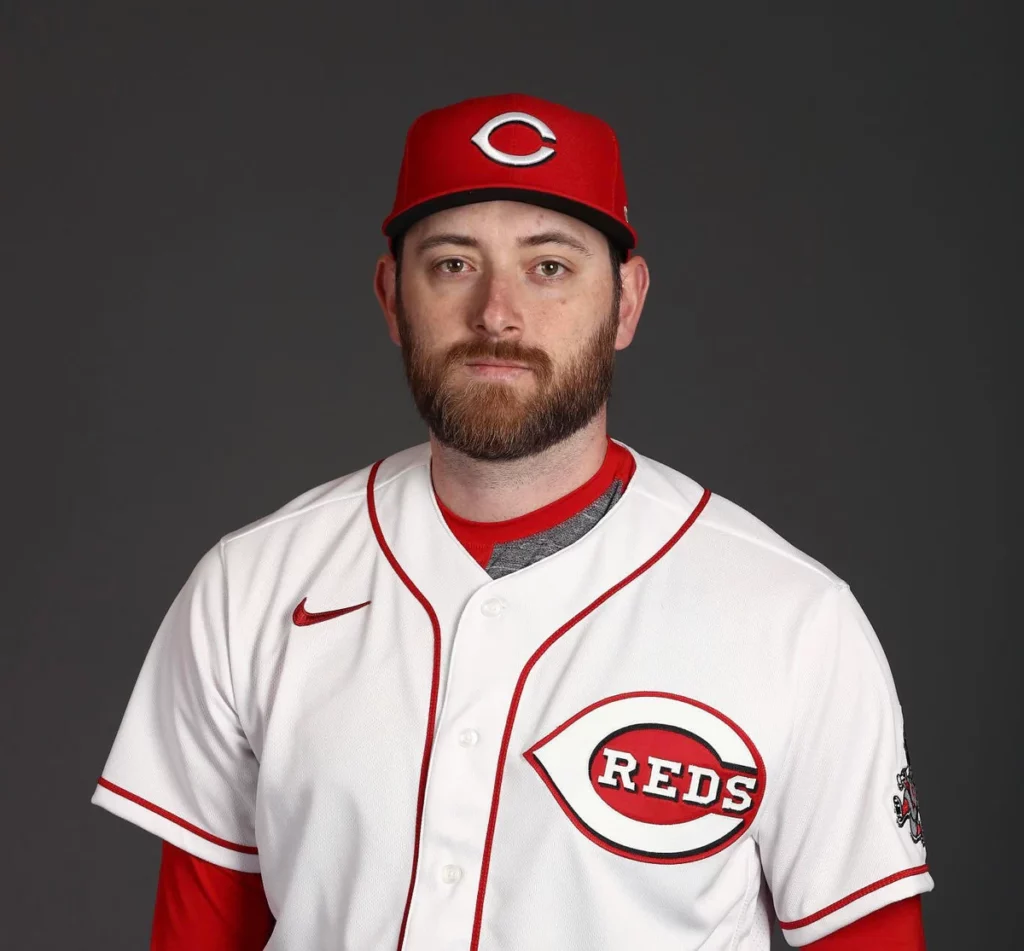
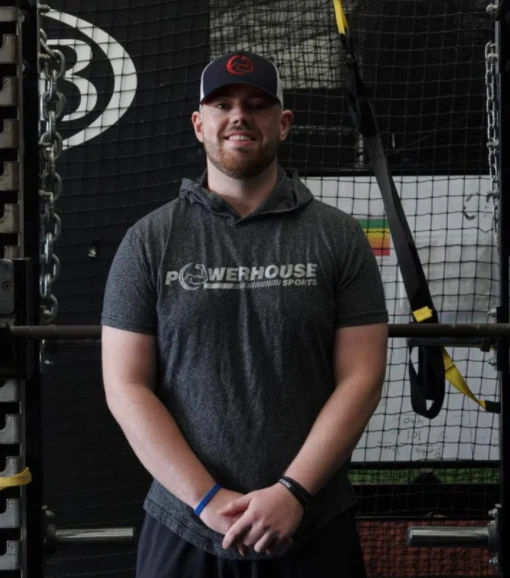
Brendan Halloran
- 2019 graduate of New England College
- Part of the 2019 New England College Baseball Conference and regional championships
- Currently Youth Baseball Coordinator for Powerhouse Sports NH
- Coach for NEB-NH
WINTER YOUTH TWO-WAY PROGRAM
Tuition: $1,200 (paid in 4 monthly installments of $300)
FAQ
Youth Athletes
Why should a youth athlete lift?
Body awareness and coordination are key to a player’s success, and the weight room provides a controlled environment to develop these skills. Sports put stress on the body, often leading to breakdowns, but training in the gym helps strengthen muscles to meet the demands of the game and repair damage. This not only boosts performance but also helps athletes feel better on the field, increasing their chances for success.
Why should my player do two-way youth and not just hit or pitch?
At a young age, players don’t need a set position; focusing on all aspects of the game helps them develop versatility, opening up more opportunities as they grow. While players will eventually take on specific roles, allowing their skills to develop naturally lays a strong foundation for the future.
What is more important for my athlete to focus on? The skills side of the game or the weight room?
Ideally, players should focus on both skill development and strength training. Building motor control, hand-eye coordination, and understanding game demands helps young athletes progress. Strength training can accelerate motor development, reduce overuse injuries, and improve posture. While overuse injuries often come from playing too many games in a short time, the key for younger athletes is to make training fun and rewarding. Striking a balance between play and structured training is essential for long-term development.
